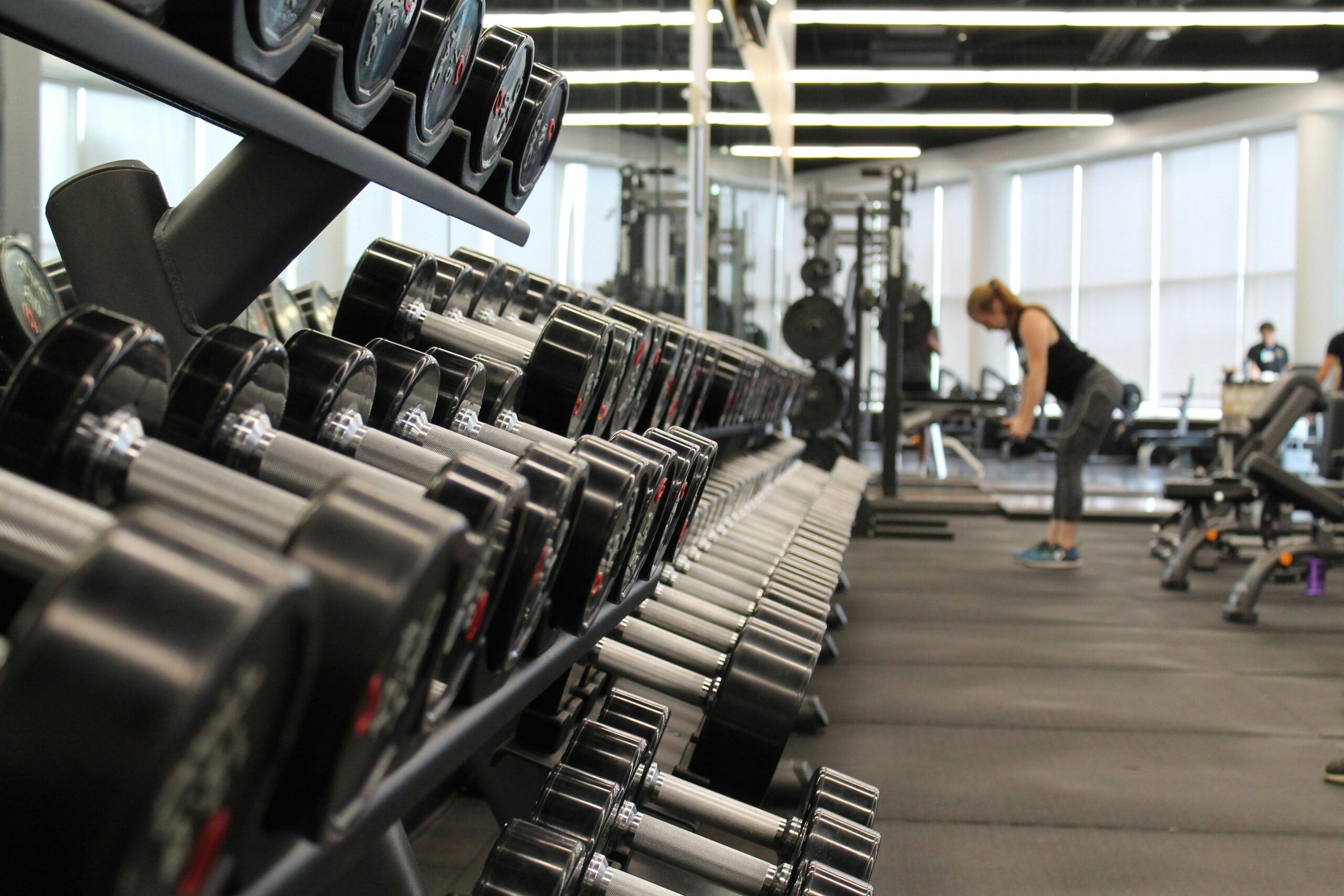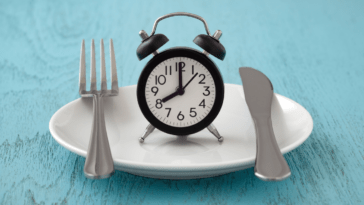Am I Having a Heart Attack?
By Ryan J. Lawrence
Every year, about 740,000 Americans suffer heart attacks. When cardiac episodes occur, the signs can vary depending on gender. Sadly, countless heart attacks result in deaths, because people fail to recognize the symptoms and seek help in time. To lower your risk of death or disability related to heart failure, learn how to identify the symptoms:
Common Signs of Heart Failure
Heart attacks can lead to a number of vague or overwhelming symptoms. However, people will usually notice one or more of the following:
−Chest pain or discomfort, including tightness, pressure, aching, heaviness, burning, numbness, squeezing or fullness
−Difficulty breathing, wheezing or shortness of breath
−Discomfort or pain in the neck, arms, jaw, stomach or left shoulder
−Ιntense, unexplained sweating
−Vomiting or severe nausea
−Fullness, indigestion or choking sensation
−Rapid or irregular heartbeat
Identifying the Differences in Women
While many heart attacks result in common signs, some episodes can cause vague or confusing symptoms that lead people to delay medical attention. This is especially common in women, who tend to develop heart disease within the tiny arteries branching away from the coronary arteries. For this reason, it’s especially important for women to recognize the following telltale symptoms:
−Pain around or inside the jaw
−Pressure or pain radiating from the very center of the chest
−Light-headedness or dizzy spells
−Unexplained fatigue that lasts for several days
−Pain that migrates into the arms
Early Signs of a Heart Attack
In some cases, women may begin showing symptoms of an imminent heart attack weeks before its occurrence. In one multi-year study focusing on 500 women who had suffered acute myocardial infarction, participants reported sleep disturbances, shortness of breath, indigestion, unusual fatigue and anxiety at least a month before they experienced their attacks.
Sometimes, non-life-threatening conditions can mimic the symptoms of a heart attack, so seek emergency care any time you show telltale symptoms of heart failure. This includes chest pain or other troubling symptoms that persist for longer than a few minutes. Also, visit your doctor for a regular cardiovascular exam starting at age 20. Follow-ups may be required yearly, depending on your particular risk factors.
5 Facts About Strokes
By Lyndsay Fogarty
Did you know that a stroke could occur at any age?
While the likelihood of having a stroke nearly doubles every 10 years after the age of 55, according to the American Stroke Association, it could happen to anyone – even children. The International Alliance for Pediatric Stroke considers older children with sickle cell anemia, congenital heart defects, immune disorders or problems with blood clotting, as well as previously healthy children who are found to have hidden disorders such as narrow blood vessels or a tendency to form blood clots easily, among those at risk.
Here are some other things you should know, straight from the ASA:
1. Eighty percent of strokes can be prevented through healthy eating, exercise, regular checkups and smoking cessation.
2. Each year, strokes occur more in women than in men. Pregnancy, a history of preeclampsia/eclampsia or gestational diabetes, oral contraceptive use (especially when combined with smoking) and post-menopausal hormone therapy can increase the risk for women.
3. A transient ischemic attack, or mini stroke, is a temporary blockage of blood flow to the brain that can produce milder forms of stroke-like symptoms, which typically last less than five minutes. These symptoms shouldn’t be ignored, as they are an indicator of a future stroke.
4. In addition to F.A.S.T. (face drooping, arm weakness, speech difficulty, time to call 9-1-1), keep in mind several other signs of a stroke. These include sudden numbness or weakness in the face, arm or leg, especially on one side of the body; sudden confusion, trouble speaking or understanding speech; sudden trouble seeing in one or both eyes; sudden trouble walking, dizziness, loss of balance or coordination; and sudden severe headache with no known cause.
Eat Your Way to a Healthy Heart
By Lyndsay Fogarty
According to the American Heart Association, about 2,200 Americans die of cardiovascular disease each day, an average of one death every 40 seconds. But you have control over your heart health, and it begins with your diet. When worked into a balanced diet, these are just some of the foods that AHA says can boost heart health.
Berries: Blueberries and strawberries have high levels of phytochemicals flavonoids, can lower the risk of heart attack in women
Kale: High in folic acid and fiber, can help lower blood pressure
Oats: Whole-grain source of dietary fiber, can lower your risk of heart disease, stroke and diabetes while raising HDL (good cholesterol) levels
Salmon: High in omega-3 fatty acids, can decrease the risk for abnormal heartbeats, reduce triglycerides and slow the growth of plaque in the arteries
Making the right food choices is important, but so is eating the proper amount. The National Institutes of Health defines a portion as how much food you choose to eat at one time and a serving size as the amount of food listed on a product’s Nutrition Facts label. Your portions are likely larger than the recommended serving size for most food items, so measure out what you need and store the rest for later.
The AHA has outlined the following serving sizes for a healthy, balanced diet:
-1 slice of bread
-1/2 cup rice of pasta (cooked)
-1 small piece of fruit
-1 wedge of melon
-3/4 cup fruit juice
-1 cup milk or yogurt
-2 oz. cheese (about the size of a domino)
-2-3 oz. meat, poultry or fish (about the size of a deck of cards)





































Comments